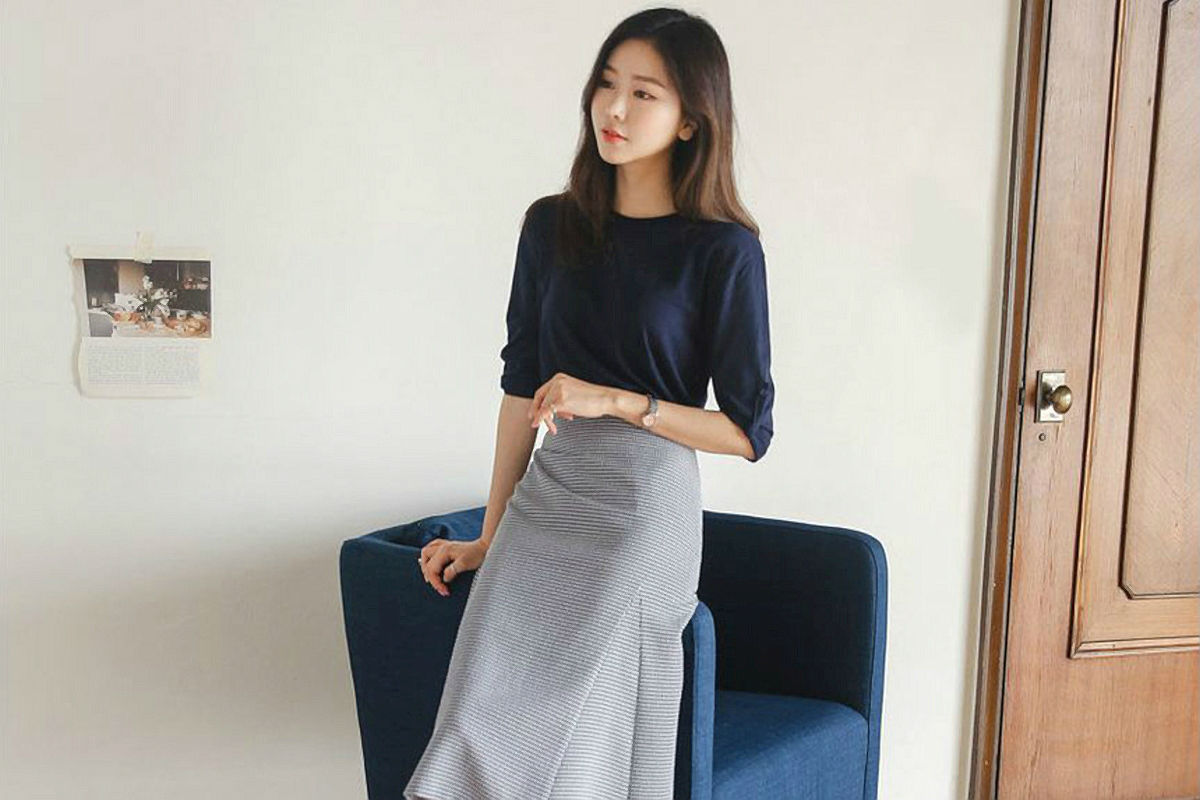
Hello Nikki! I’m a university student working towards a teaching degree specifically for elementary to junior high. Normally, I dress very plain and casually in a lot of loose sweaters in the winters or cute short dresses when it gets warmer. I am quite comfortable in what I wear, but now that I’ve begun working in schools these make me feel more like “random teenager pulled off the streets” rather than a “student teacher.” I was hoping that you could give me tips on how to dress professionally, but still a bit casual since I’m mainly working with kids. I’m about 5’3 with a straight-type body, basically a (happy) thin plank of wood.
I’m open anything! I would really appreciate your help — it would definitely make me feel more confident in my practicums!
Michelle, 19/Canada
Happy to meet a teacher, Michelle, and thank you for choosing a profession that shapes our future. I’m glad you told me up front that you’re going to deal with young children. Knowing your audience means also being better prepared mentally and sartorially!
Great Expectations
You described yourself as still a “student teacher” but I’m sure that you’re expected to act and dress like a “teacher,” period. Schools have different dress codes, whether private or public institutions. Have you asked about the dress code at yours yet? If not, be very observant as to what the other teachers wear — those are your visual cues. For example, most school officials frown on staff wearing jeans, and others recommend a certain length for sleeve length, as well as skirts and dresses. It’s always good to find out these things in advance (or at least ask your supervisor discreetly). Plus, always keep in mind that since you’re a teacher, both children and adults have expectations of you. It’s a hard bargain, but I know you can pull this off!
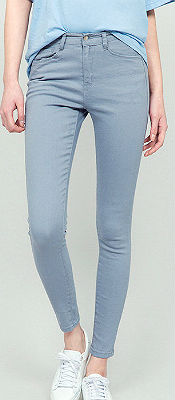
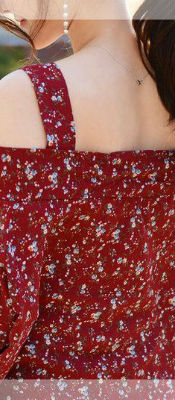
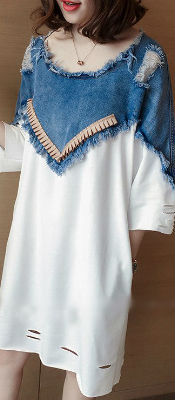
If you work in a school, yes, there’s still a dress code.
Think Business-Casual
Casual flat-front and straight-leg pants are the next best thing to wearing jeans, Michelle, especially if you’re going to be around young children most of the time, and still attend classes at university. Straight-leg and slim-fit (not skinny) cuts with a hint of stretch work as they’re not restricting and allow you to bend, twist, kneel down, and even sprint. Style them with a classy shirt and casual blazer for a meeting with fellow teachers, parents or a commencement ceremony. Switch the blouse for something softer and flowy but still versatile like a floral print blouse and cardi, and finish with flats. And yes, it also works with simple sweaters (and good enough for going out with friends after work).
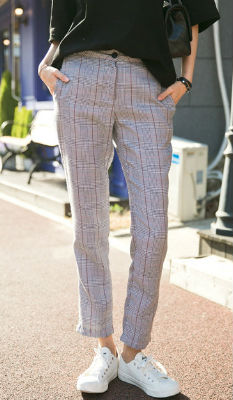
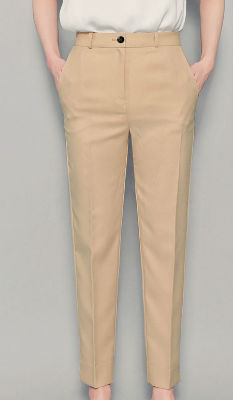
Sweet and Sensible
Have you ever seen the movie “Matilda?” Miss Honey wears dresses most of the time in the film, and note that they’re mostly knee-length. It pays to be practical when it comes to skirt and dress lengths when you’re in the classroom. So no princessy layers or fabrics that might snag, no exaggerated lengths that might trip you, and most of all, no mini skirts that might cause fashion emergencies. Also, if your skirts or dresses have no lining, then please wear slip dresses, camisoles or underskirts.
Knee-length is your safest bet, being petite and all. A lovely mermaid skirt looks elegant and still professional, being mostly pencil-cut in silhouette but a little flounce makes a big difference. Pleated skirts are also equally cool, especially if you want to a preppy vibe to go with the classic sweater vest and loafers. Simple colors work best with skirts so you can team them with any plain or patterned top, and wear them at least twice a week before they go in the laundry.
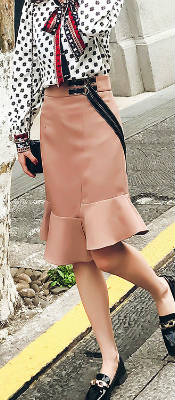
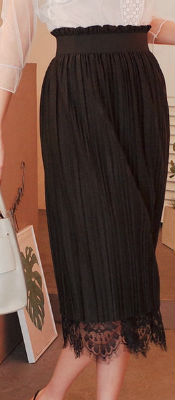
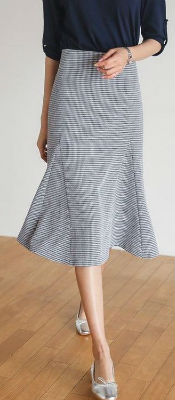
With your pencil shape, an A-line silhouette will be flattering for you but even a simple shift dress can work wonders. Just have several good belts on hand to define the waist and you’re good to go. Simple prints, patterns or color combos work with dresses, and they can be easily styled up or down with basic cardigans or blazers.
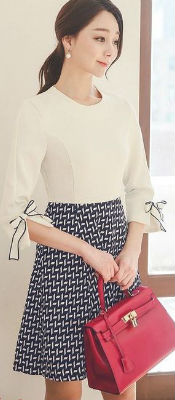
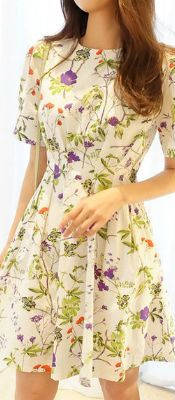
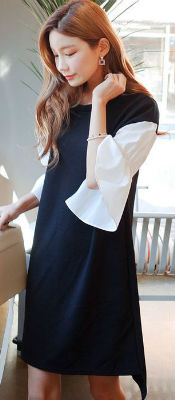
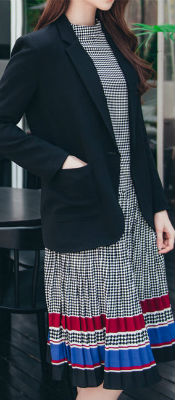
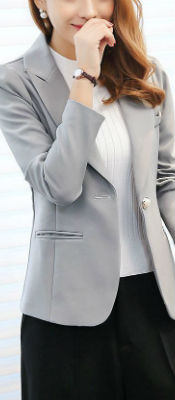
Necklines, Embellishments and Accessories
Just like with trousers, a similar rule of thumb applies when it comes to necklines. With young children, you’ll have to stoop or bend down sometimes, so any gaping necklines are not ideal. Stick to crewnecks or jewel necklines, or at least not so low scoop or V-necklines. My friends who are teachers say boatnecks and rounded necklines — aside from turtlenecks — are the safest options, and I agree.
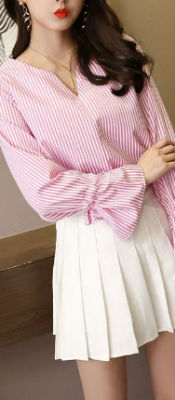

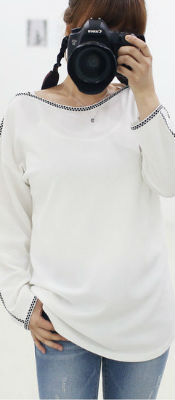
While everything sounds so plain and boring, you can look to embellishments such as tonal lace, contrast color trimming, embroidery and a hint of ruffles, pleats or decorative edging to spice up your pieces. They can even serve as great ice breakers with kids. Even a striped lining under blazer cuffs instantly gives a nautical flavor to your outfit. For accessories, just don’t wear anything that’s dangling and trailing to avoid any mishaps. Simple stud earrings, a vintage-style brooch, or even a cute tie pin equally makes an elegant but still practical statement.
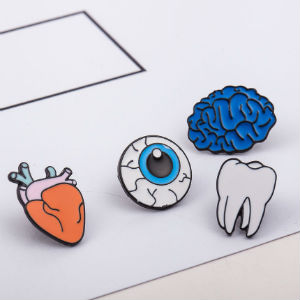
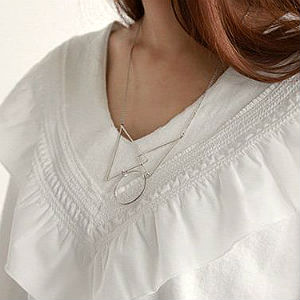
One final tip: Keep a change of clothes and shoes in your car. You’ll never know when it will come in handy. I wish you the best, Michelle!

P.S. If you’re sending a question, please don’t forget to include any helpful information about your body type or shape, your tastes or personality. You can include a selfie (link only please) or a photo of your clothes (which I will never publish without pre-approval). Thank you!